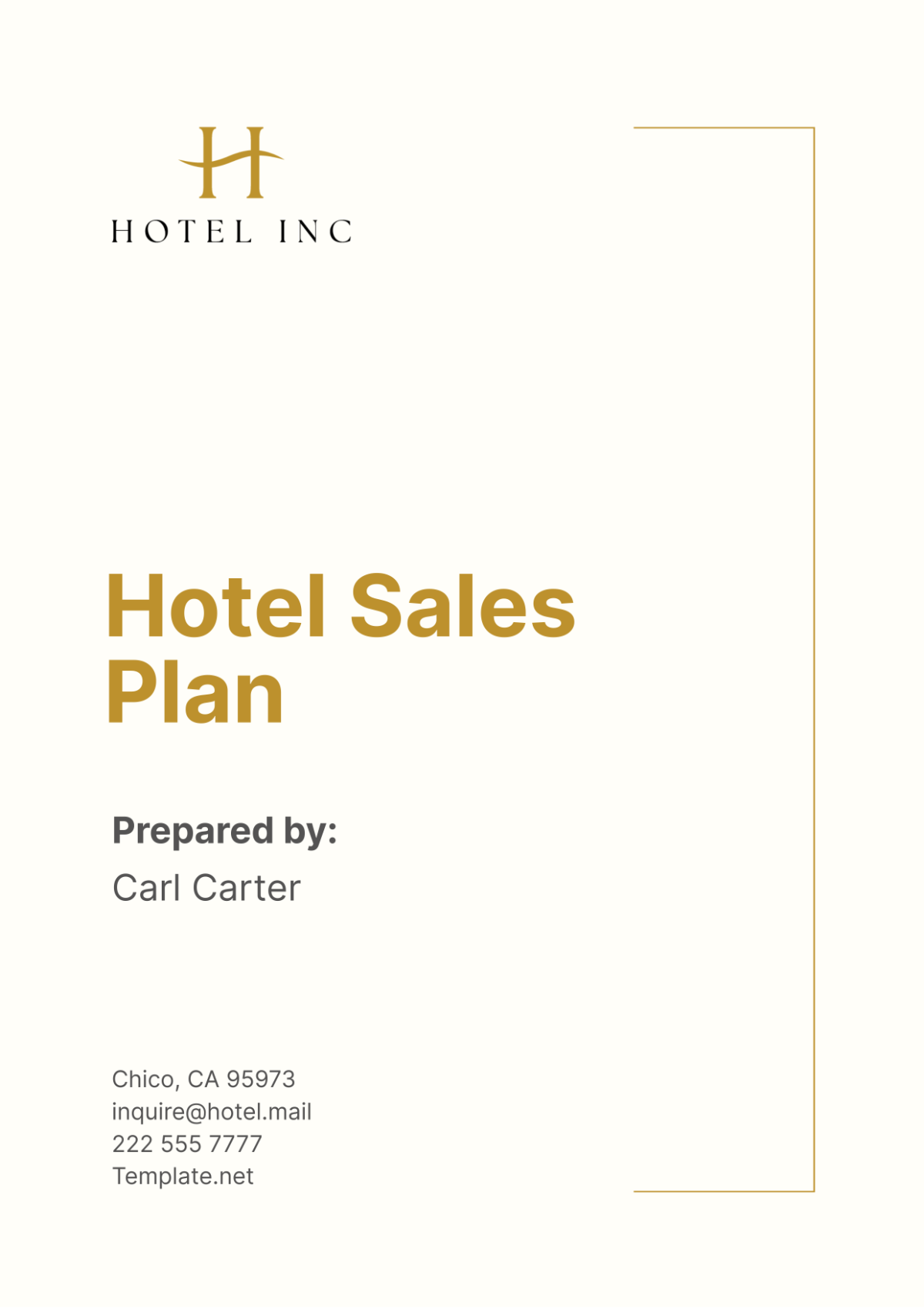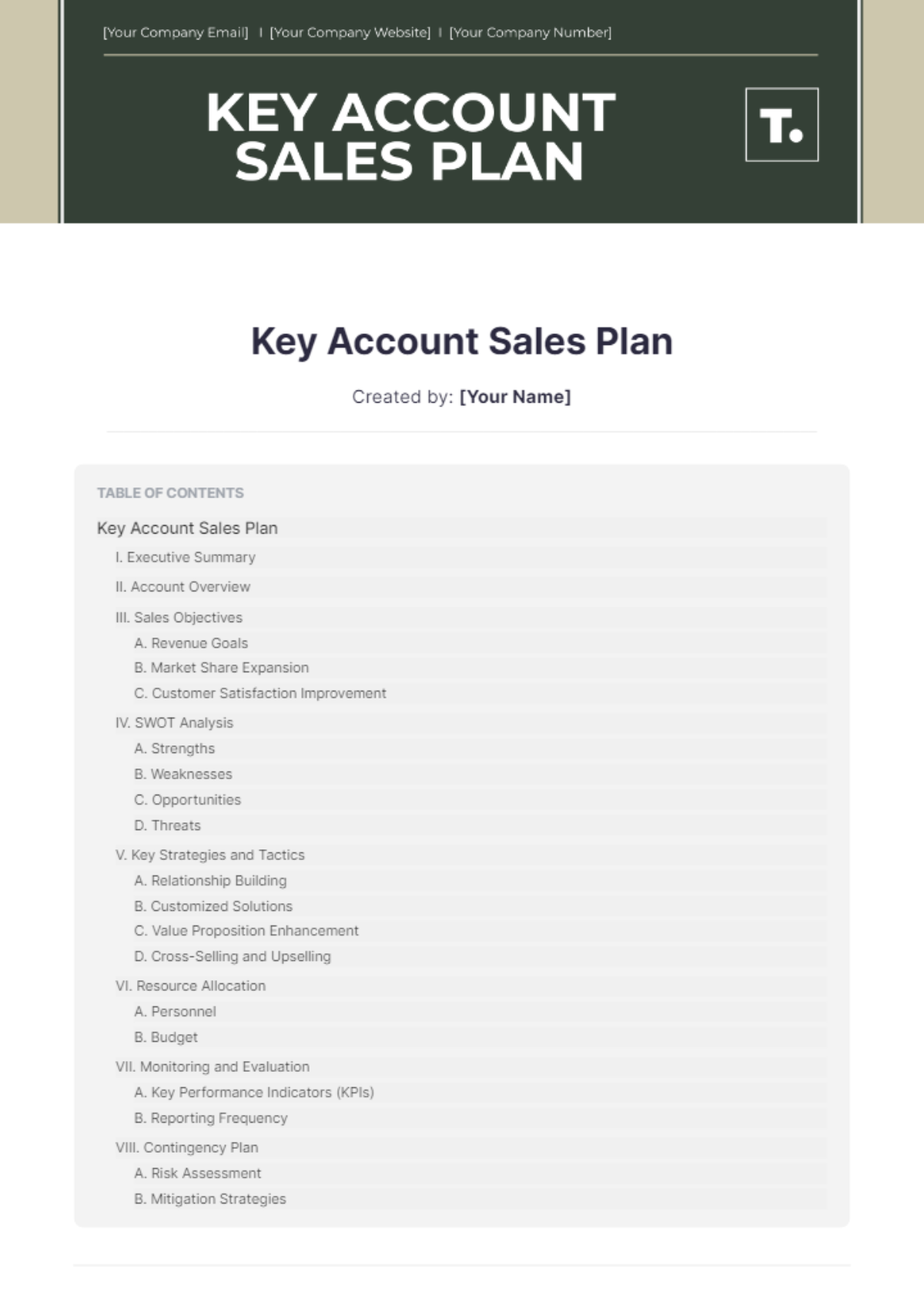Free Sales Forecast Plan
Plan for success with our Sales Forecast Plan Template from Template.net. Fully customizable and editable, this template offers a comprehensive layout ideal for predicting sales revenue, setting targets, and planning strategies. Easily personalize the forecast, editable in our Ai Editor Tool, to align with your business goals and market conditions.





























